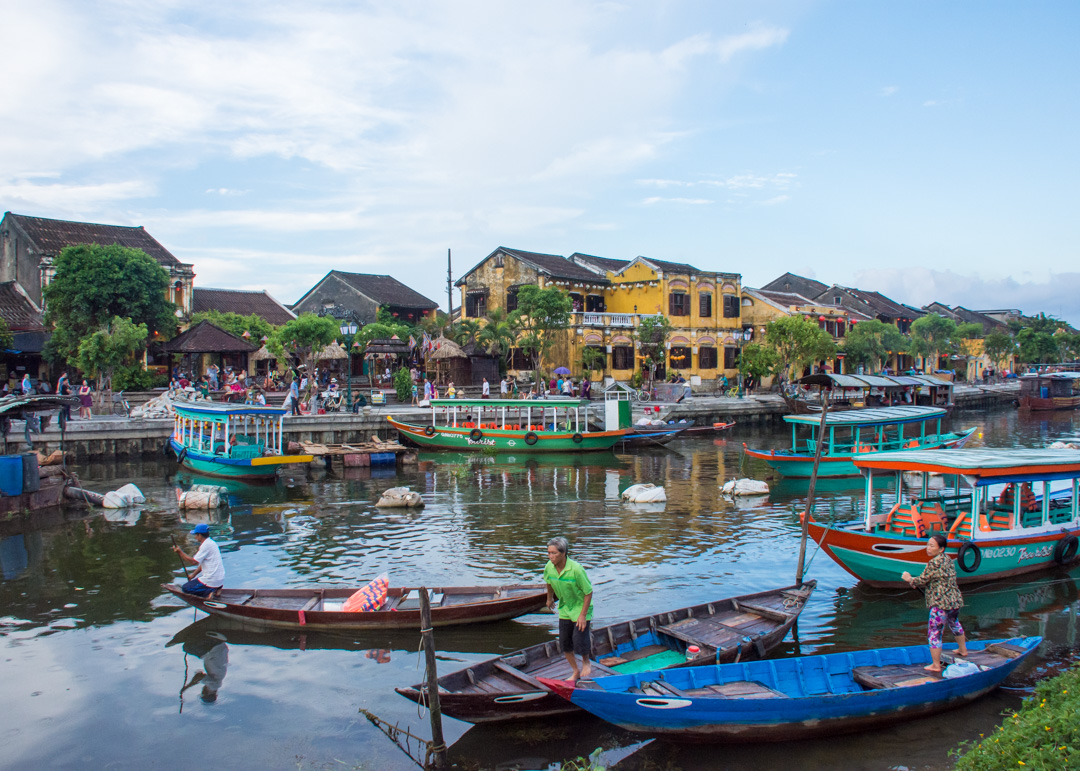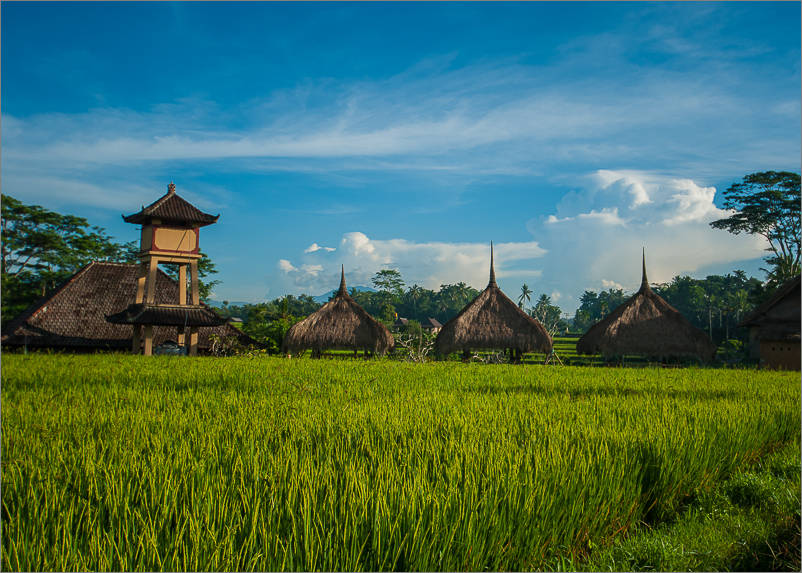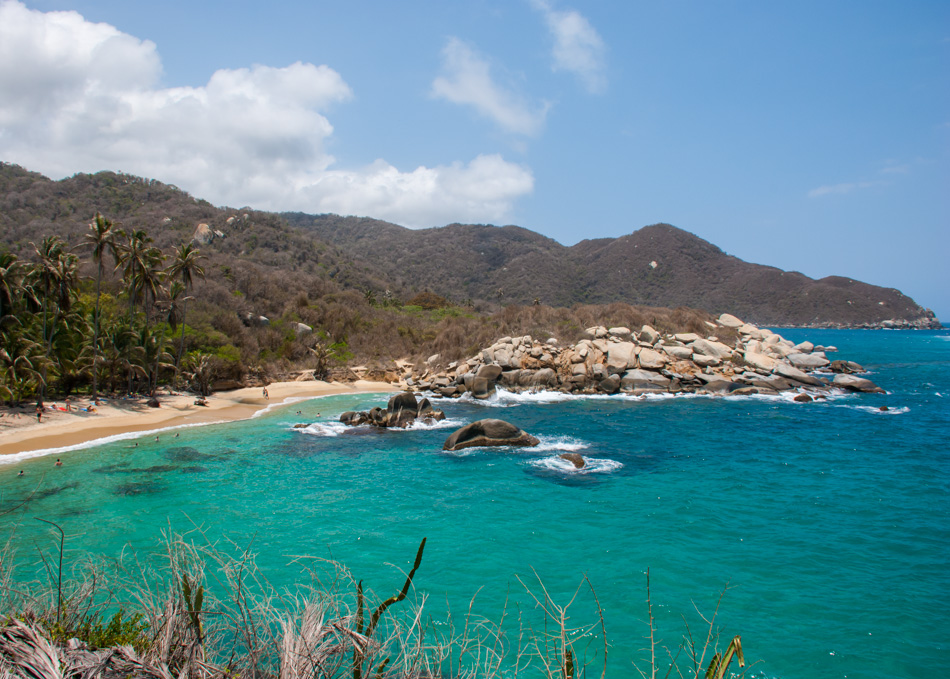An easy and absolute must-do day trip from Oaxaca City, the archaeological site of Monte Albán is one of Mexico’s most spectacular. For someone who has climbed the steep pyramids of Teotihuacan and explored the coastal ruins of Tulum, I must say my jaw dropped even lower when I reached Monte Albán’s Great Plaza.
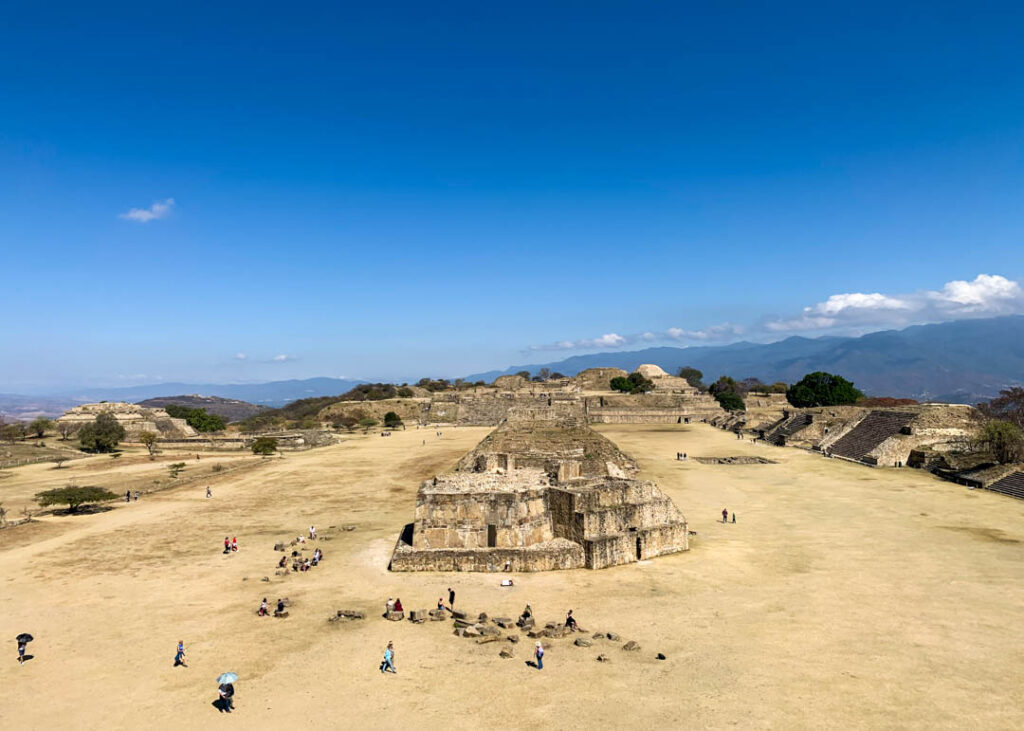
The mountaintop location alone is what truly differentiates it – on top of a hill with stunning 360° views of the surrounding valleys and mountains. Just 5 miles outside of the city, you only need a half-day to take in what was once the capital of the Zapotec civilization although you might want to linger a while to make the most of the impressive setting and bring a picnic.
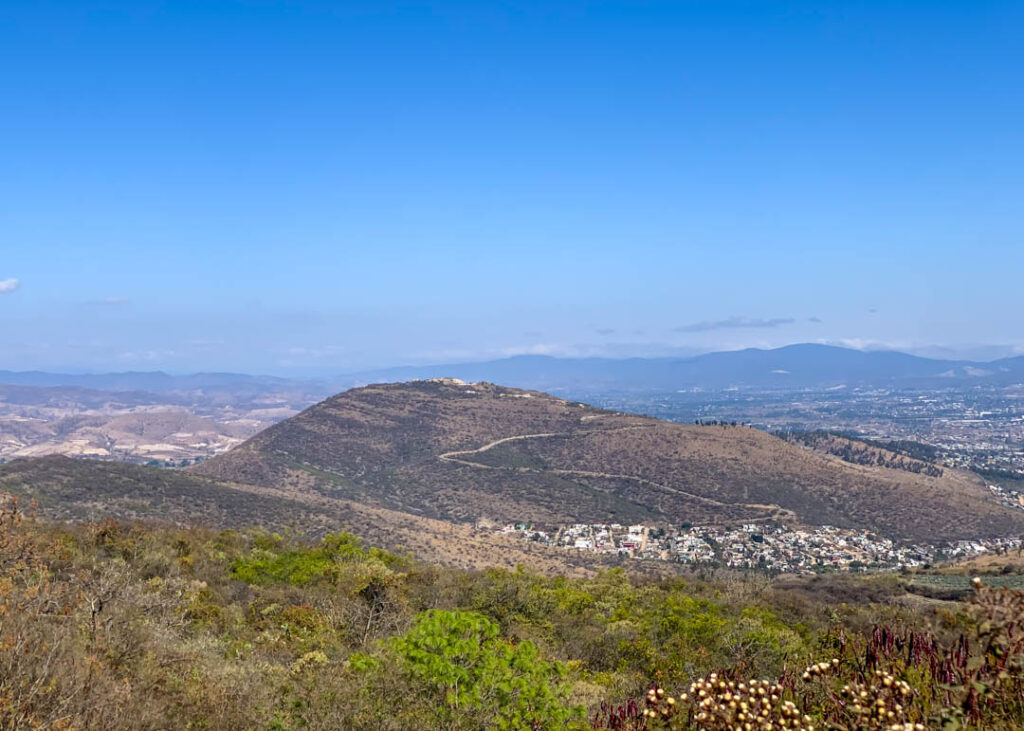
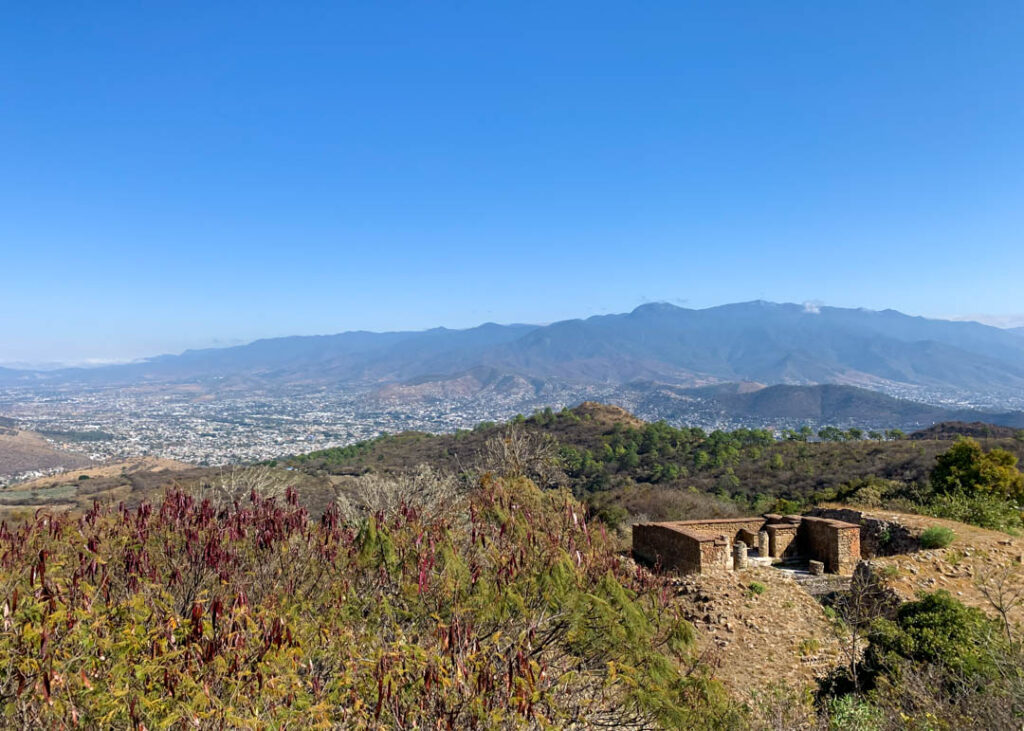
Getting a guide is a good idea as there aren’t many (if any) descriptive signs around the site. A quick history lesson gives a better appreciation of the impressive ruins and what were their main uses.
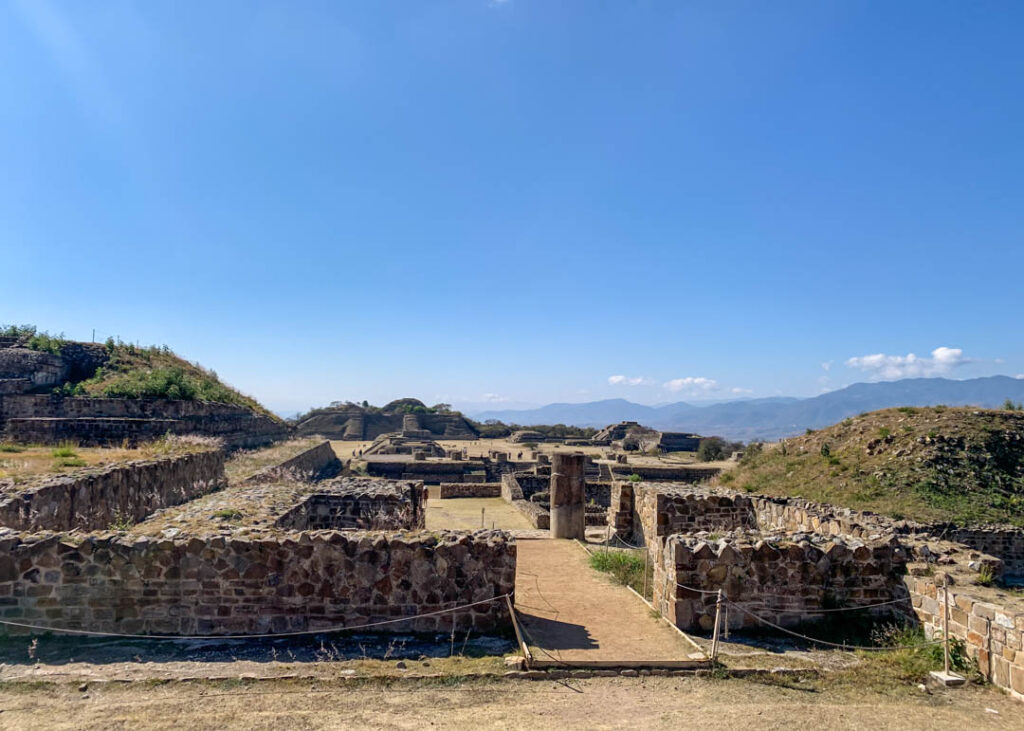
For starters, the Zapotec civilization predates Aztec and Mayan so we’re talking old, very very old. Monte Albán was built by the Zapotecs around 600 B.C. as their capital atop a mountain summit that was deliberately flattened. The site is huge, a 4-mile spread of ruins that used to support 40,000 inhabitants at its height around A.D. 300.
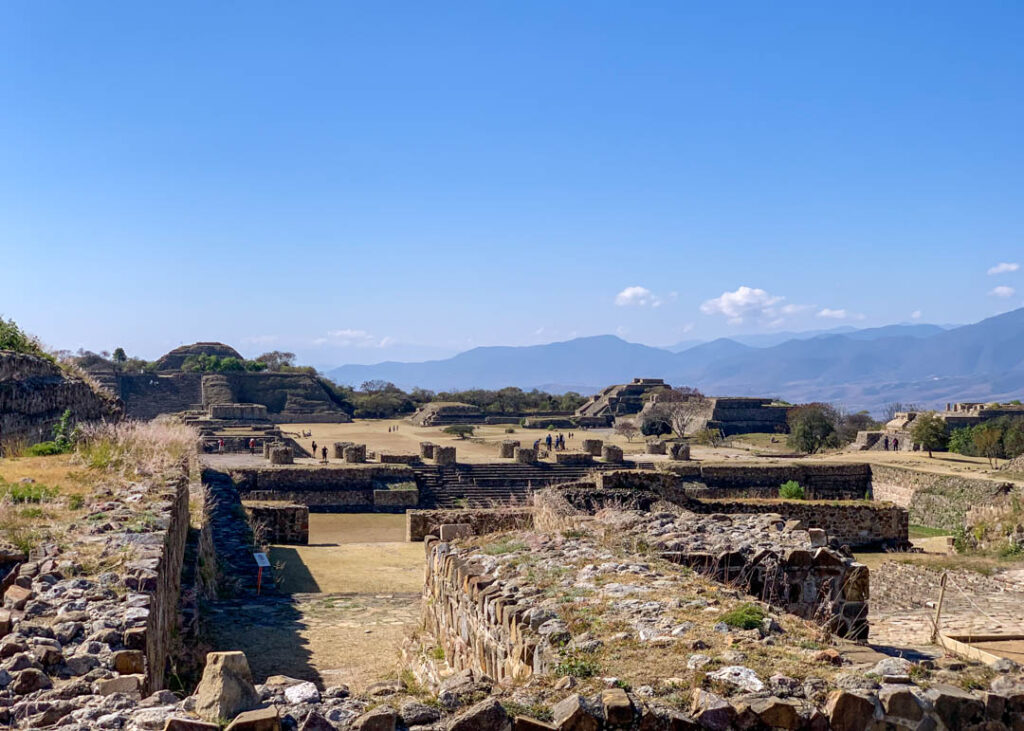
The city was an important center for trade, business, culture and politics for over a thousand years before witnessing the fall of the Zapotec culture over time. Monte Albán was eventually left empty before being discovered and used in the 10th century by the Mixtec people as a sacred burial site. The Mixtecs were in turn conquered by the Aztecs, and Monte Albán fell into ruin around the time of the Spanish conquest (1520s). The site lay forgotten for centuries until Mexican archaeologists rediscovered it in the late 19th century.
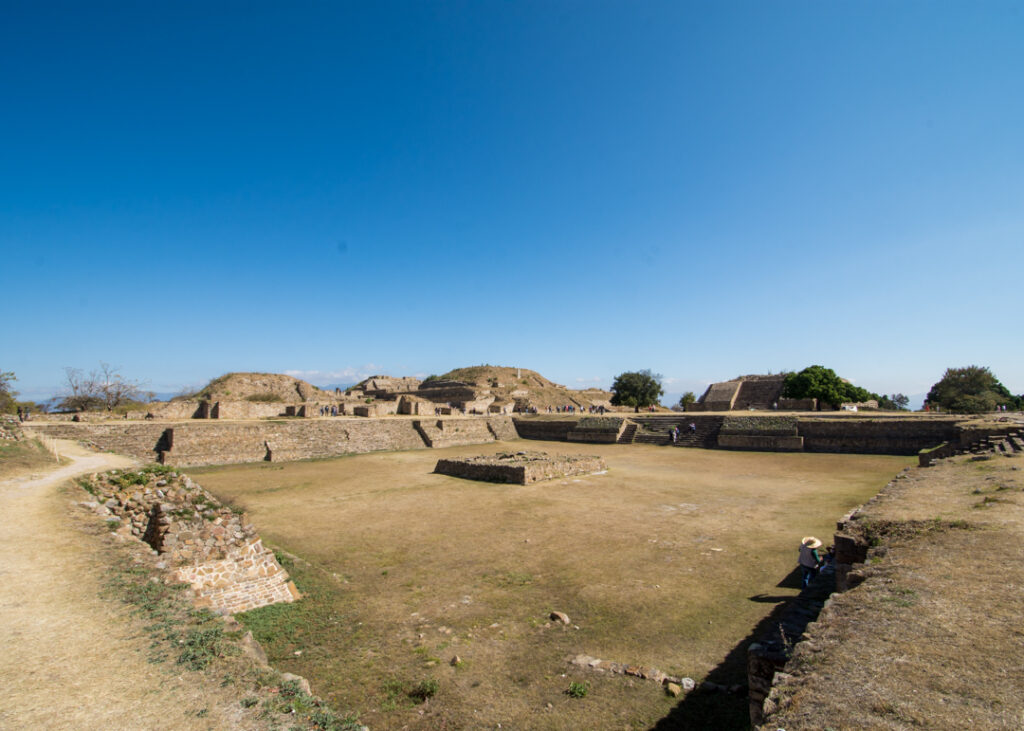
While not fully excavated, there are plenty of vast plazas and palaces to explore, and a bright sun beating down on you with practically no shade to speak of so come prepared with water and snacks!
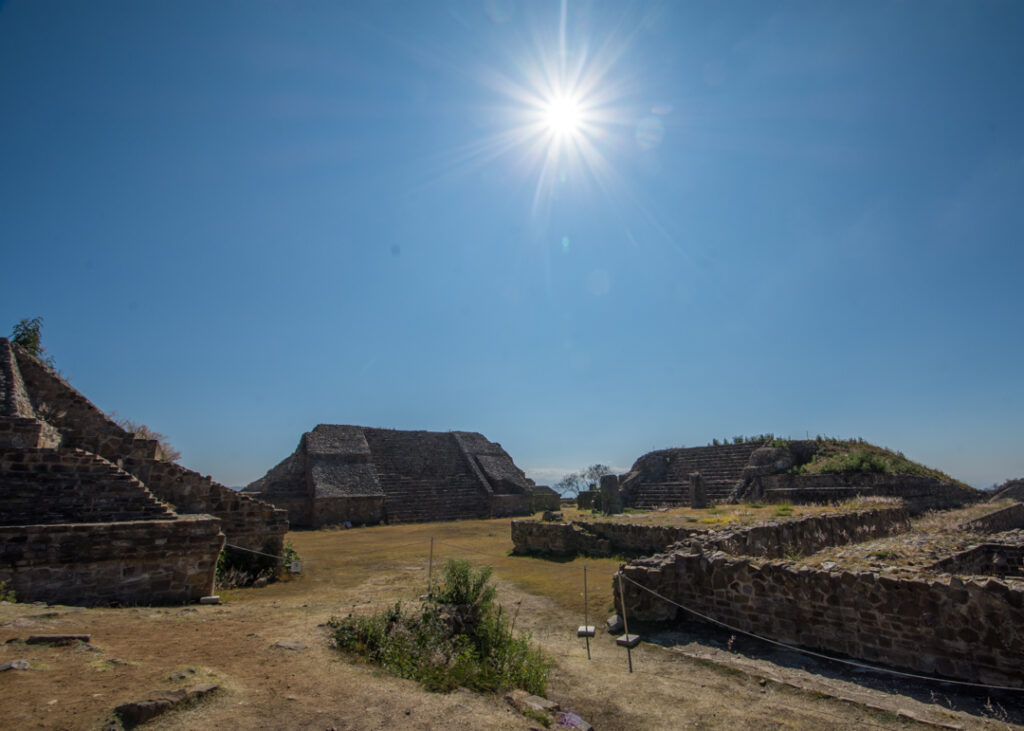
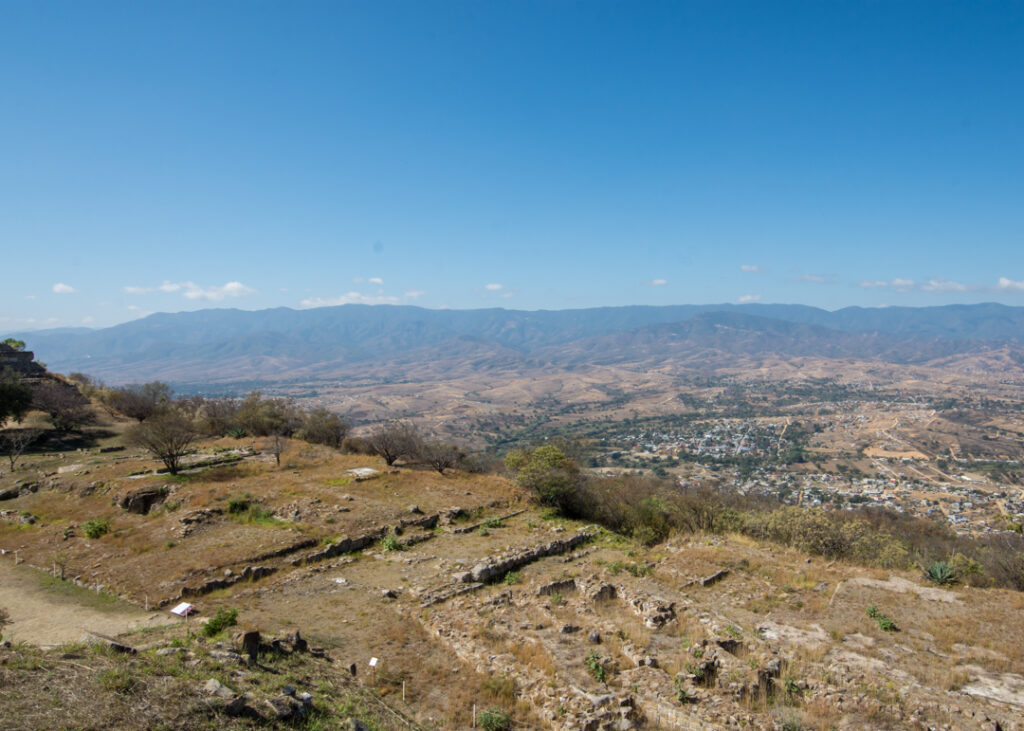
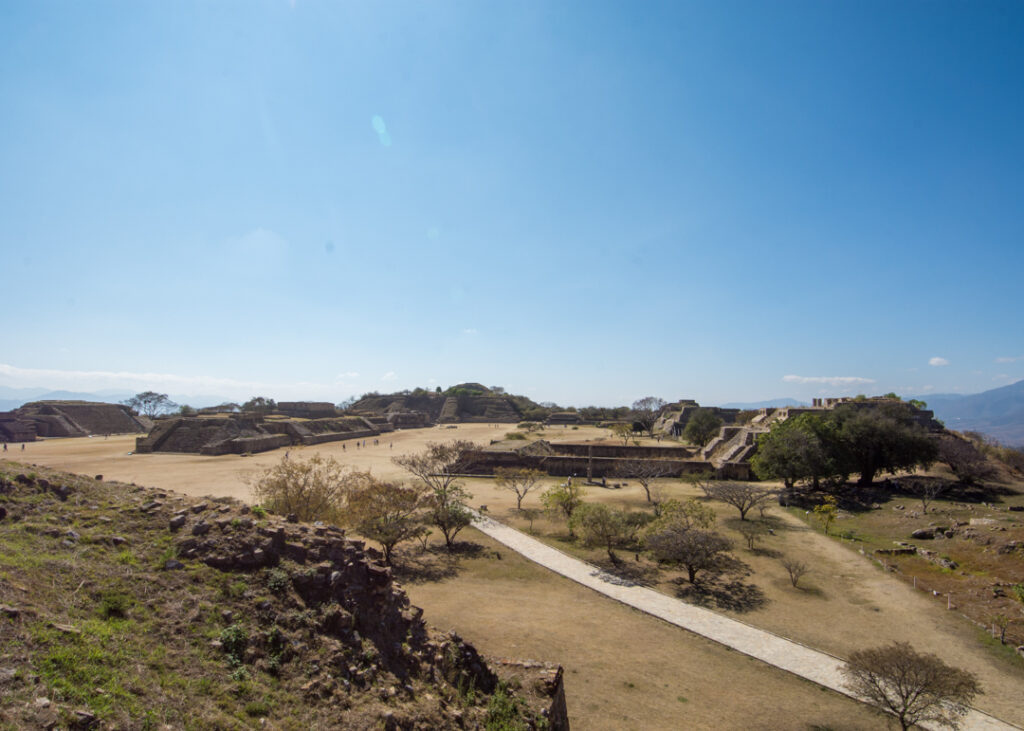
The Great Plaza is everyone’s main destination and the backdrop to your best photo ops from both its North and South sides.
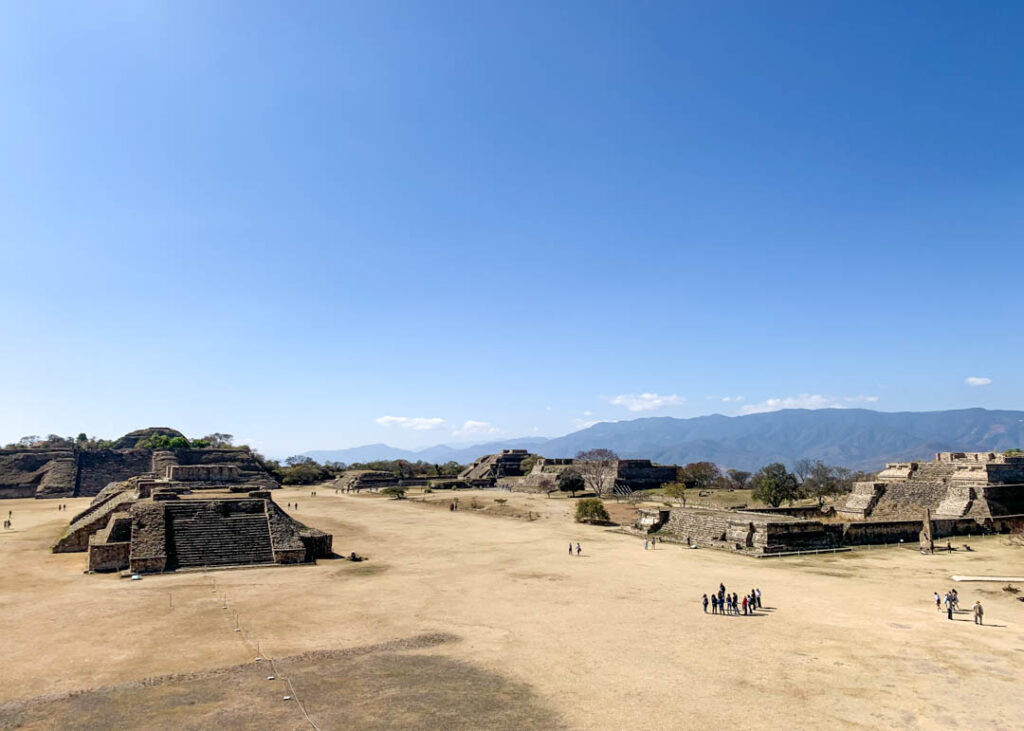
About 60,000 square meters in size (300m long and 200m wide), it marks the center of Monte Albán.
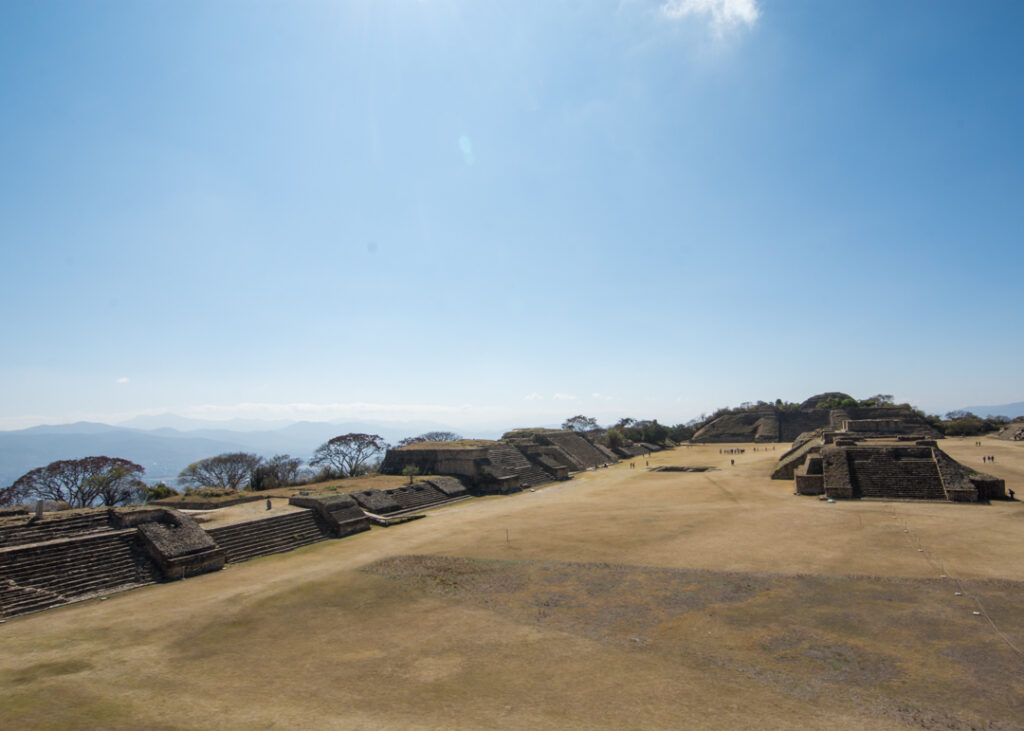
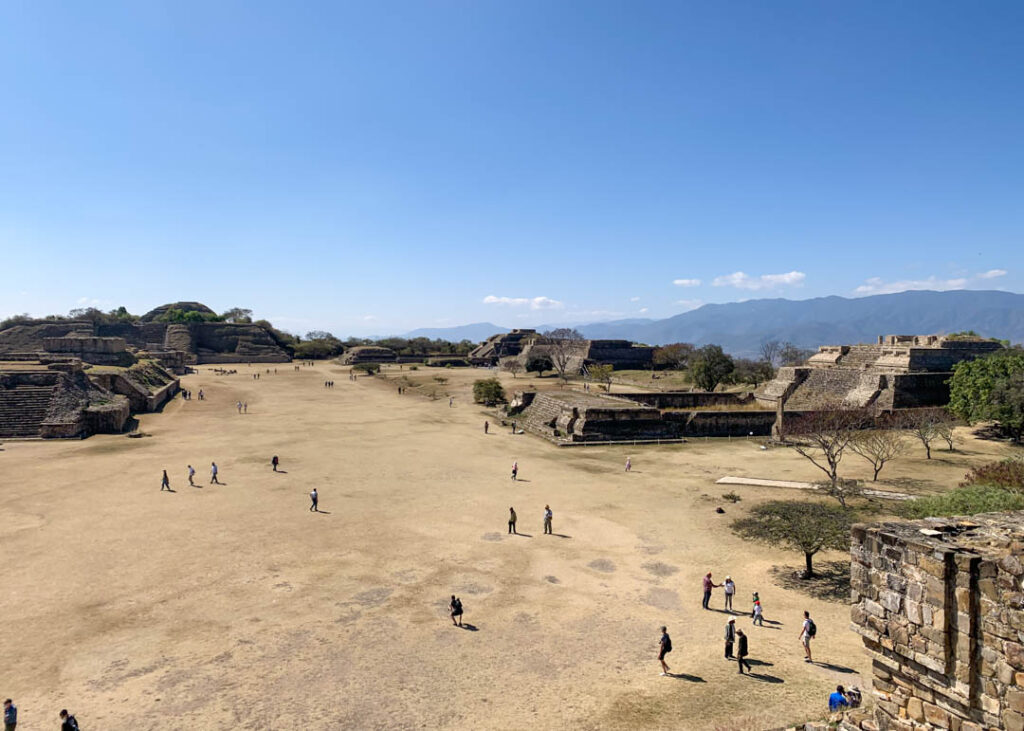
Once down at ‘ground level’, you can get a closer look at the buildings, their particular architecture, and some of the carvings that were discovered.
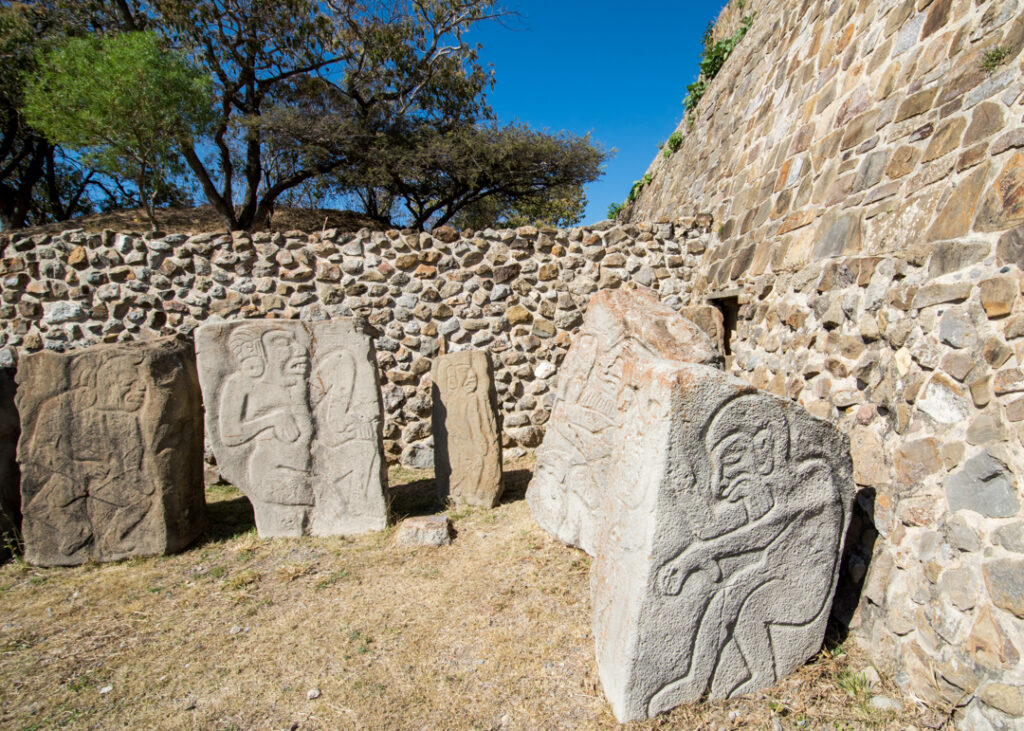
The most famous ones are the Los Danzantes (which means dancers). Despite their playful sounding name, they represent tortured sacrificed prisoners of war, some clearly disemboweled or castrated…
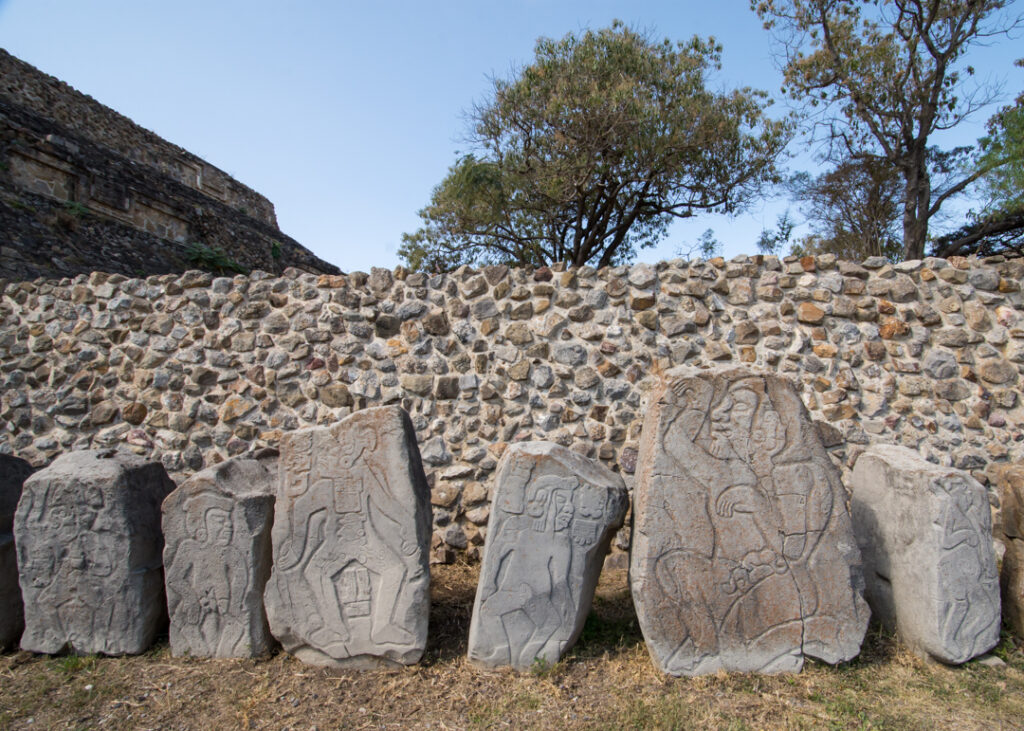
Other carvings, much less gruesome, were instead adorning tombs found all over the site.
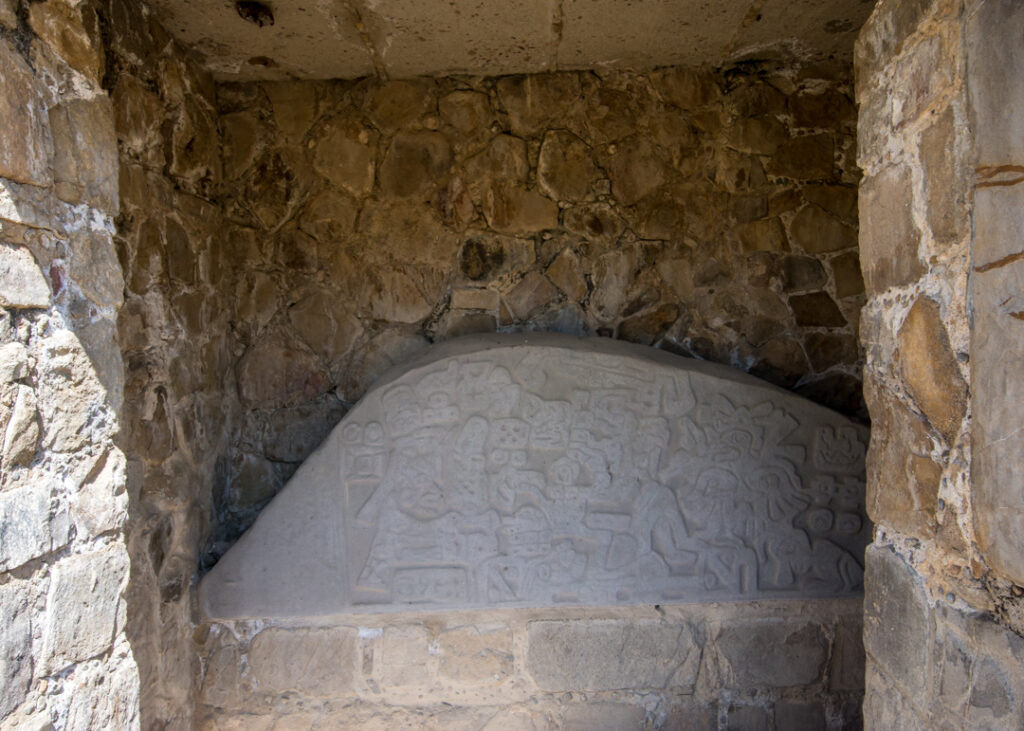
Make your way to the South Platform with its wide staircase and start climbing…
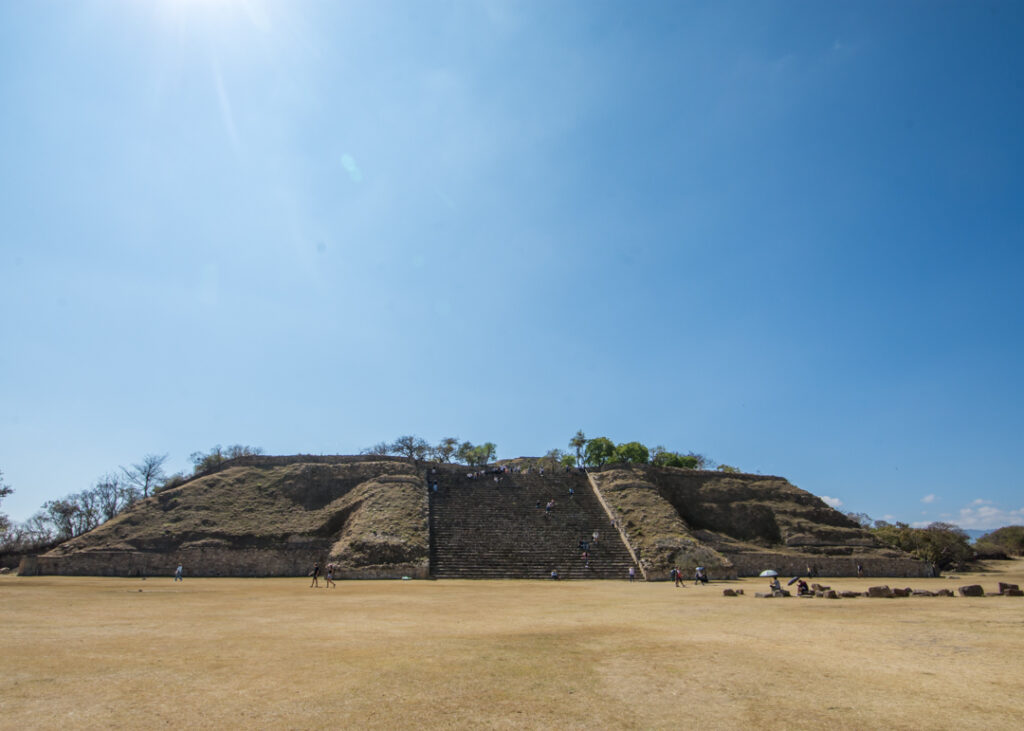
The 40m-high platform is the tallest in Monte Albán and is great for a panorama of the plaza and the surrounding mountains.
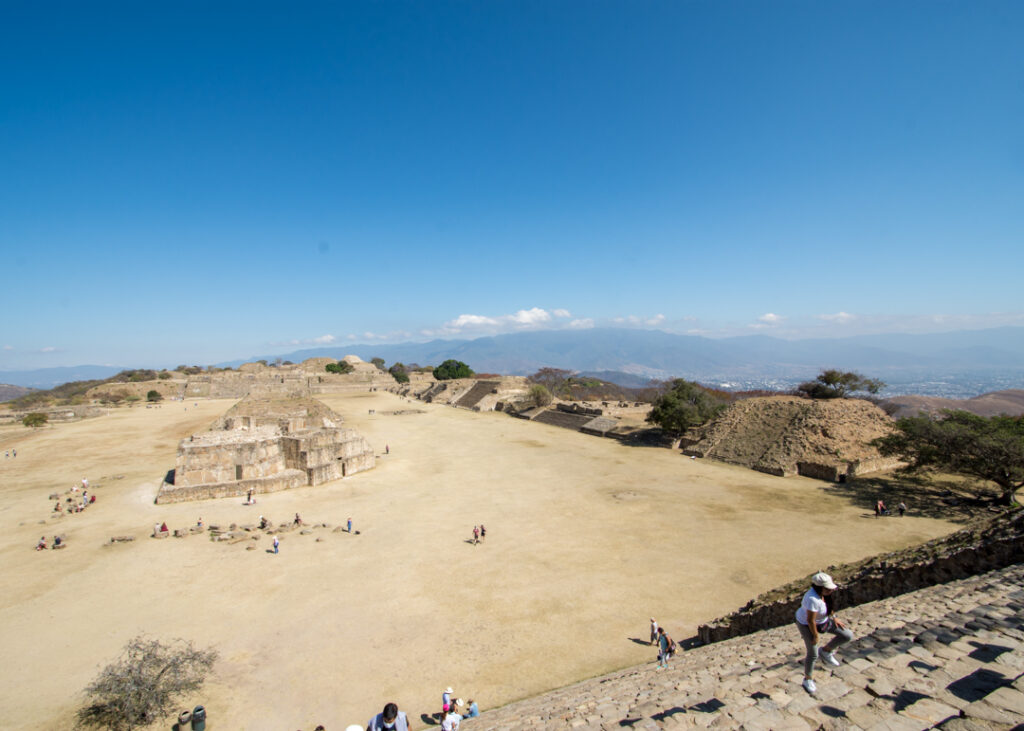
It was the administrative center of the city while the North Platform across was the political and religious center. This expansive perspective, my favorite I must say, gives the most commanding view of this UNESCO World Heritage site (Monte Albán received this honor in 1987).
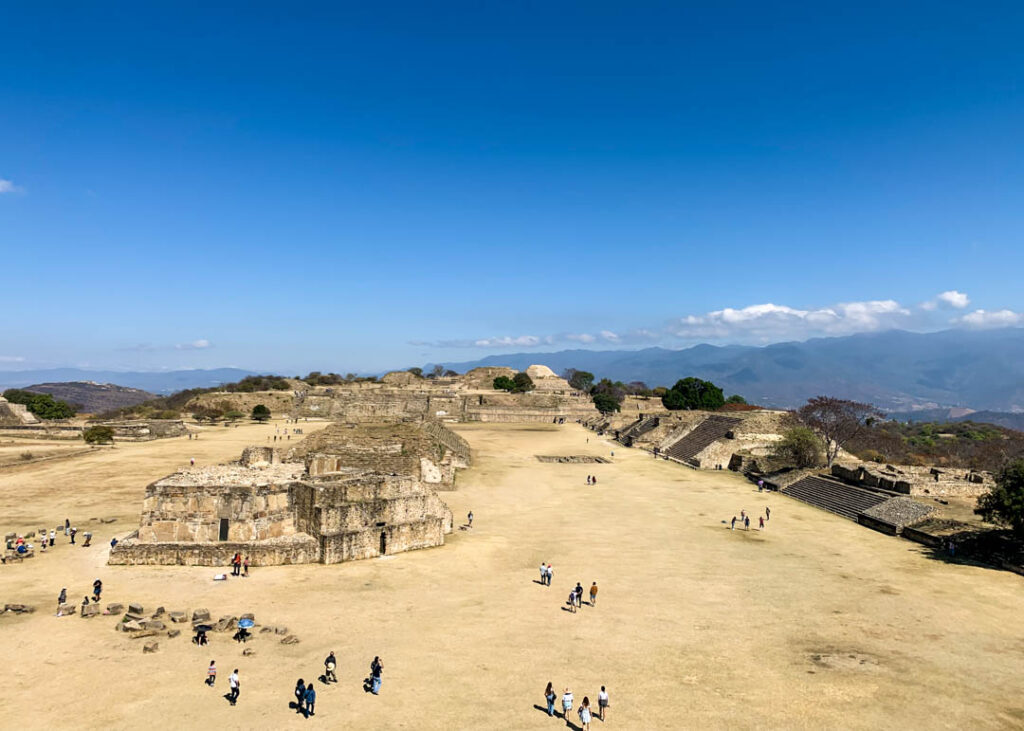
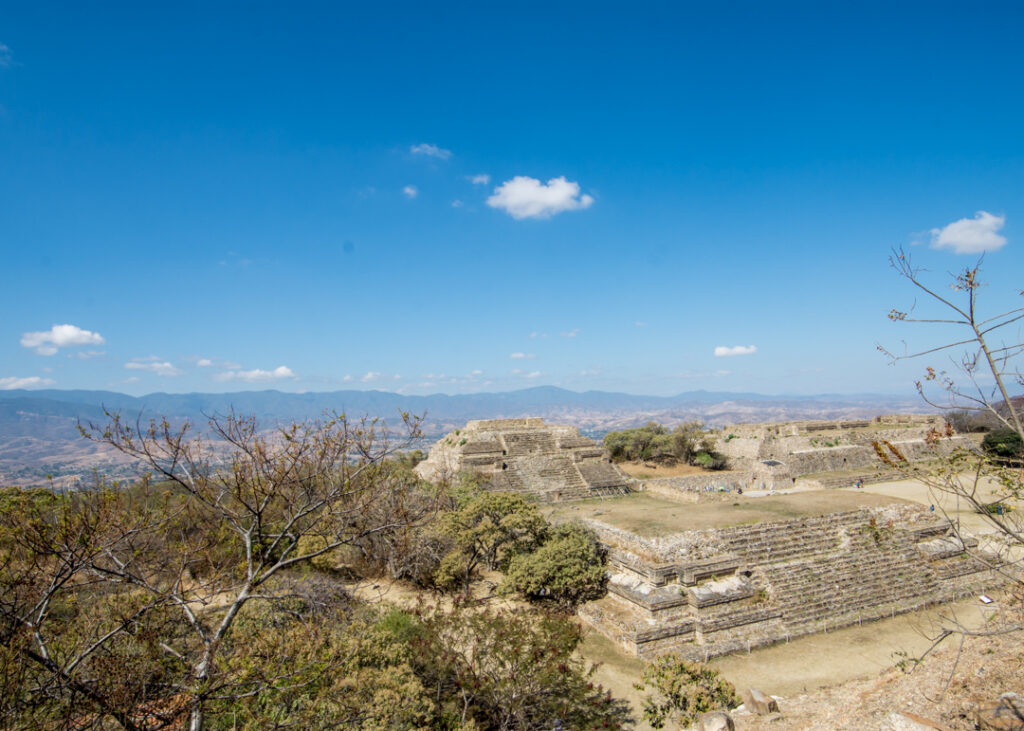
As you exit the plaza, there’s one more structure to admire that was surely as popular as the rest: the Ball Court. Do not mistake the stone terraces on each side for spectator seats. They were used in the famous “Juego de Pelota” game to bounce off a ball and try to pass it through stone rings on either side of the court. You can still see versions of this game played around Mexico, noticeable as players can use any part of their body except their hands to hit the ball. Back in Monte Albán days (this ball court is thought to be from around 100 BC) it is even said the losing team was served as sacrifice…
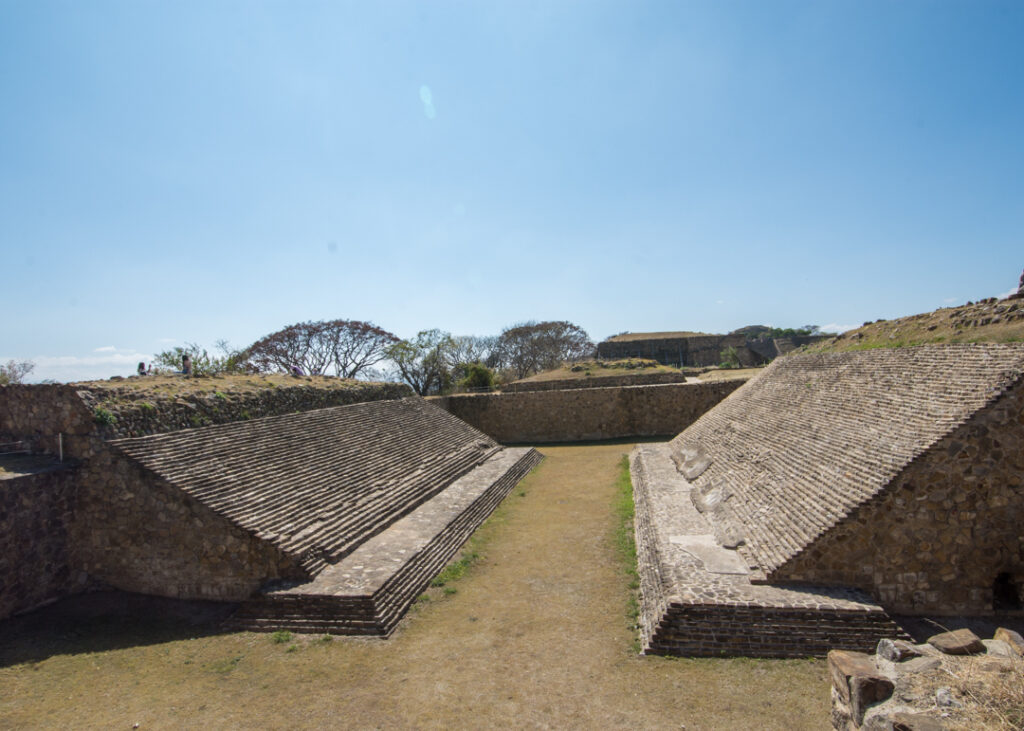
Head back to Oaxaca and have a scrumptious meal at the modern Los Danzantes in memory of those carved castrated enemies made famous on this ancient site.

